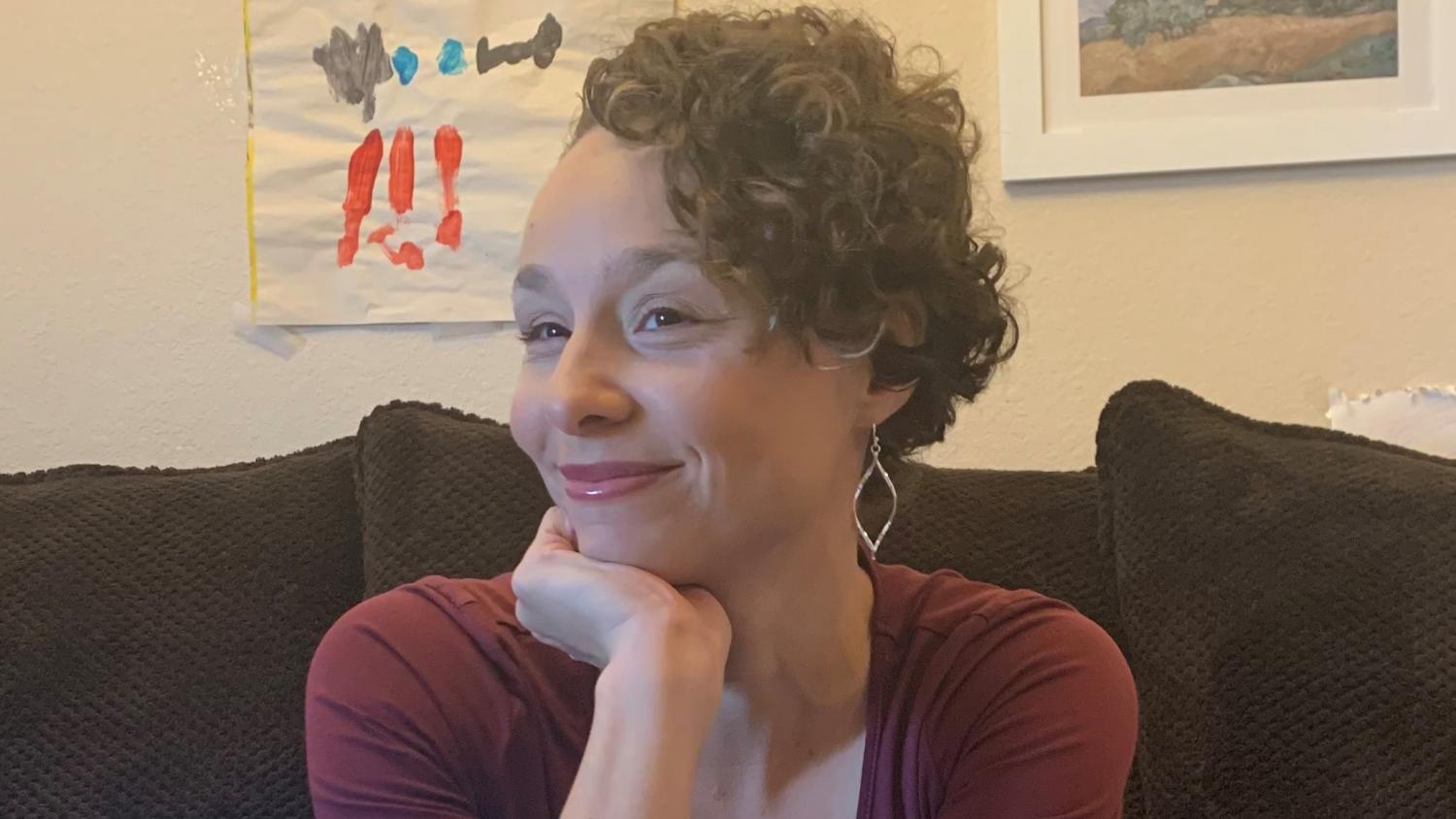A New Chapter in the Hapa Project
When artist Kip Fulbeck reached out to the Museum of Us with news that he was revisiting his groundbreaking photographic study, “The Hapa Project,” the institution was eager to collaborate. This project, which originally explored race and identity through the lens of multiracial individuals, has now evolved into a new exhibit titled “hapa.me — 25 Years of The Hapa Project.”
In 2001, Fulbeck captured the images of 1,200 people who identified as multiracial. He asked each individual the question, “What are you?” Their responses were paired with their photographs, creating a powerful commentary on identity and self-perception. Some of these portraits have been part of the museum’s “Race: Are We So Different?” exhibit for years.
Now, 25 years later, Fulbeck has reconnected with 130 participants from the original project. He has rephotographed them and invited them to write new personal statements, resulting in an updated version of the exhibit. This new iteration opened in May and is set to complement another upcoming exhibit, “Race: Power, Resistance & Change.”
Reflecting on Identity Through Time
Micah Parzen, CEO of the Museum of Us, emphasized the importance of this exhibit in fostering conversations about personal identity. “The Hapa Project highlights the very personal experience of reflecting on what it means to be you,” he said. The museum aims to create a space where visitors can explore the complexities of human identity and consider how differences and similarities shape our experiences.
Kate Clyde, senior director of exhibits and experience design at the museum, shared insights on how Fulbeck’s work aligns with the museum’s mission. She noted that “The Hapa Project” first appeared at the museum when they rented the exhibit “Race: Are We So Different?” in 2011. The exhibit resonated so strongly that the museum eventually purchased it to become a permanent feature in its galleries.
Community Engagement and Local Connection
As the museum develops a new exhibit focused on race and identity in the multinational border region, community engagement has been essential. Through various methods such as community advisory councils, interviews, surveys, and evaluations, it became clear that Fulbeck’s work resonates deeply with visitors. They see themselves in the stories, connect with the narratives, and feel inspired to be part of the conversation.
Fulbeck’s ability to reconnect with participants from the San Diego area adds a localized touch to the exhibit. This connection enhances the relevance of the project and allows for a more personal experience for local audiences.
A Space for Reflection and Growth
Visitors to the museum often find the experience deeply personal, especially for an exhibit rooted in individual stories and journeys. Kate Clyde hopes that the exhibit encourages reflection on one’s own identity and the possibility of growth. “I hope this is a space where people can reflect on who they are, who they want to be, and how they see themselves,” she said.
The exhibit includes both the original personal statements from 25 years ago and the new ones provided recently. This contrast offers a beautiful meditation on how identity evolves over time. “We as people are not fixed in a moment in time. We grow in different ways as life moves forward,” Clyde added.
Challenging Categorization and Encouraging Self-Expression
Clyde also hopes that the exhibit helps people feel less constrained by external categorizations. She pointed to the government census as an example, noting that while it serves a purpose, it can sometimes feel limiting. “I hope that by hosting exhibits such as ‘hapa.me,’ we are creating spaces where people can think critically about these systems and whether there are better ways to make space for people to identify themselves.”
Visit the Exhibit
“hapa.me — 25 Years of The Hapa Project” is now open at the Museum of Us. Visitors can view the exhibit from 10 a.m. to 5 p.m., Monday through Sunday. The museum is located at 1350 El Prado in Balboa Park.
Admission fees are $19.95 for adults and $16.95 for military personnel, seniors, students with ID, children aged 6 to 17, and educators with ID. For more information, visit museumofus.org.







